Facts About The Legendary Life Of Neil Armstrong
Neil Armstrong is a name synonymous with exploration and bravery. As the first human to set foot on the moon, Armstrong’s iconic words, “That’s one small step for man, one giant leap for mankind,” reverberated across the globe. His journey to this historic moment was filled with determination, skill, and a touch of humility. Before he became a legend, Armstrong was simply a man with dreams that reached beyond the stars.
Early Life: From Small Town Boy to Aspiring Aviator
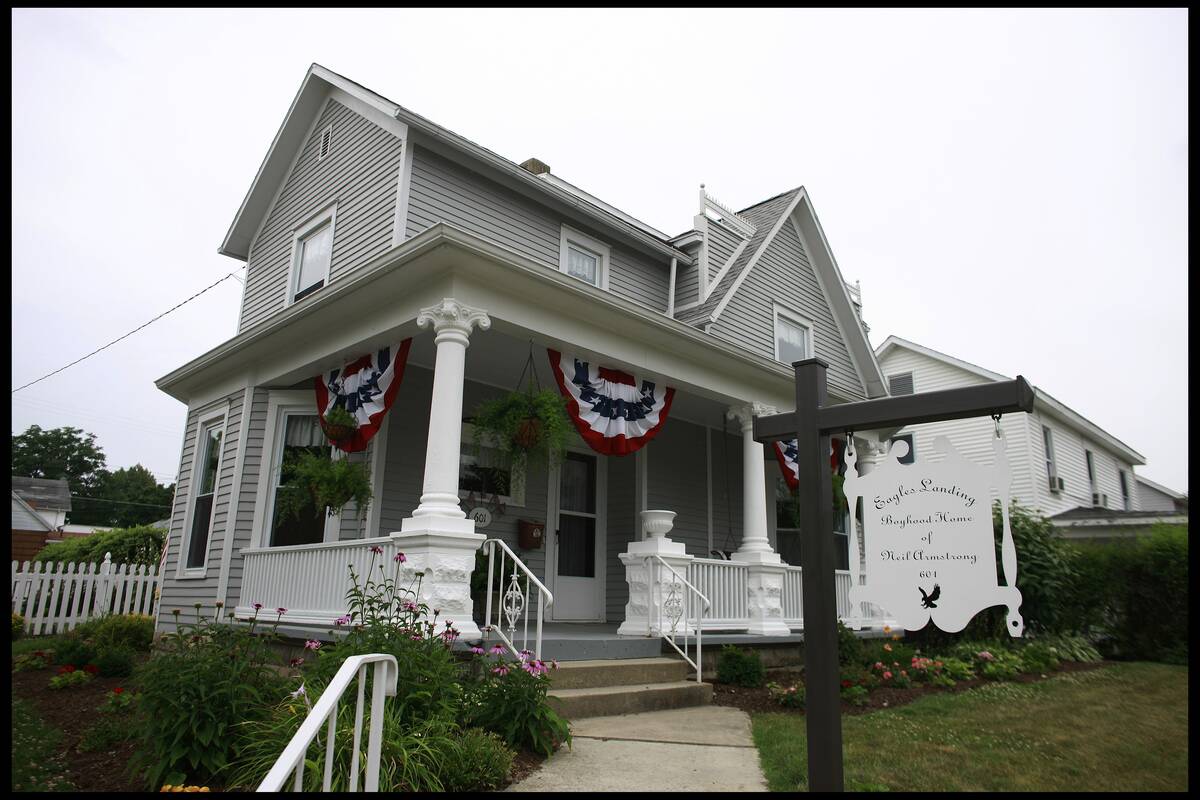
Neil Alden Armstrong was born on August 5, 1930, in Wapakoneta, Ohio. Growing up in this small town, young Neil showed an early interest in aviation, taking his first flight at the tender age of six. This experience ignited a lifelong passion for flying. By the time he was 16, Armstrong had earned his student pilot’s license, showcasing his commitment and fascination with the skies.
College Days: The Purdue University Years

Armstrong’s pursuit of aviation led him to Purdue University, where he studied aeronautical engineering. Known for its strong engineering program, Purdue was the perfect fit for Armstrong. His studies were interrupted by military service, but he returned to complete his degree in 1955. Armstrong’s time at Purdue laid the groundwork for his future achievements, as he honed both his technical skills and his problem-solving abilities.
Becoming a Naval Aviator: Flying High with the U.S. Navy

After college, Armstrong joined the U.S. Navy, where he became a naval aviator. His rigorous training and natural aptitude for flying quickly set him apart. Armstrong flew the Grumman F9F Panther, and his time in the Navy was marked by numerous flights that tested his skills under various conditions. This experience would prove invaluable later in his career, where precision and calm under pressure were essential.
The Korean War: A Test of Skill and Courage
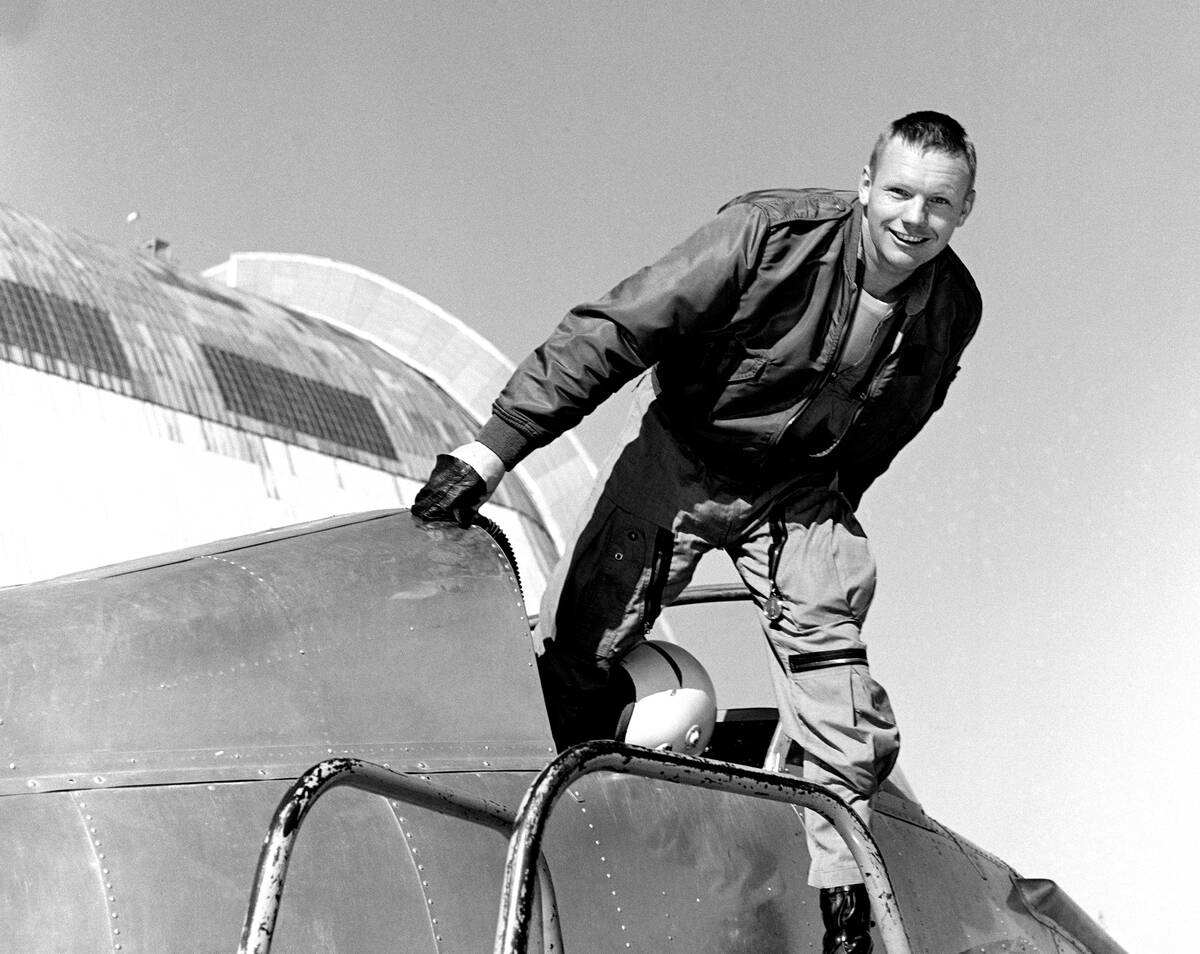
Armstrong’s naval career took him to the Korean War, where he flew 78 combat missions. He faced danger head-on, including an incident where he was forced to eject from his aircraft after it was damaged. These experiences sharpened his resolve and tested his courage. Armstrong’s service in Korea earned him several medals, including the Air Medal for his valor and skill in the face of adversity.
NASA Calls: Joining the Space Race

After his impressive military career, Armstrong joined the National Advisory Committee for Aeronautics (NACA), which later became NASA. Here, he worked as a test pilot at the High-Speed Flight Station, where he flew a variety of aircraft. In 1962, Armstrong was selected as part of NASA’s second group of astronauts. This selection was a pivotal moment that positioned him to make history in space exploration.
Gemini 8: The First Space Mission and a Near-Disaster
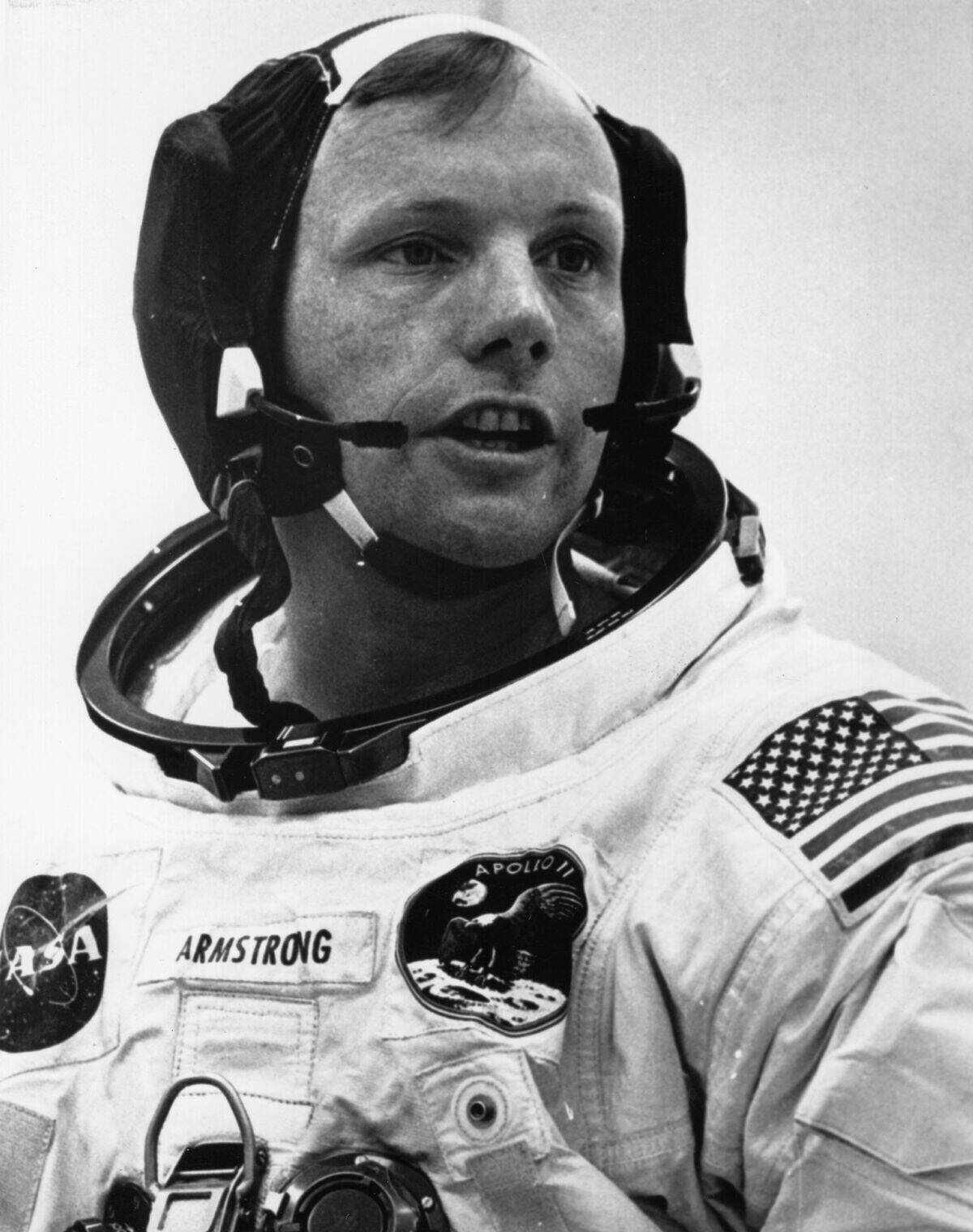
Armstrong’s first space mission was Gemini 8 in 1966, where he served as command pilot. The mission was groundbreaking, achieving the first successful docking of two spacecraft in orbit. However, it quickly turned into a near-disaster when a thruster malfunctioned, causing the spacecraft to spin uncontrollably. Armstrong’s calm and decisive actions in resolving the crisis underscored his skill and composure under pressure, earning him widespread admiration.
The Apollo Program: Preparing for the Moon
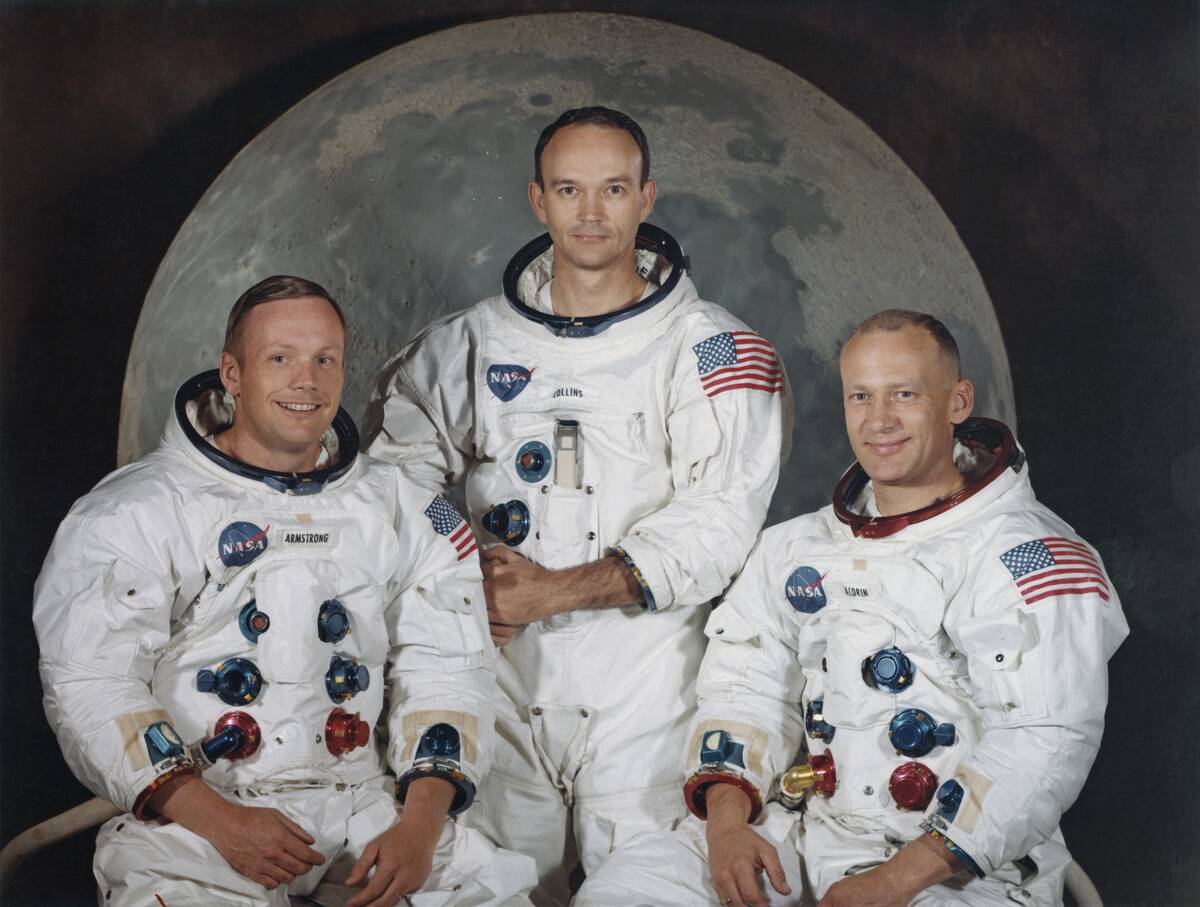
The Apollo program aimed to land humans on the moon, and Armstrong was at the forefront. As part of the backup crew for Apollo 8, he was deeply involved in the preparations for these ambitious missions. The training was intense, involving simulations and problem-solving exercises that prepared astronauts for every conceivable challenge. Armstrong’s dedication and leadership during this period were critical in the success of the program.
Apollo 11: The Historic Mission to the Lunar Surface
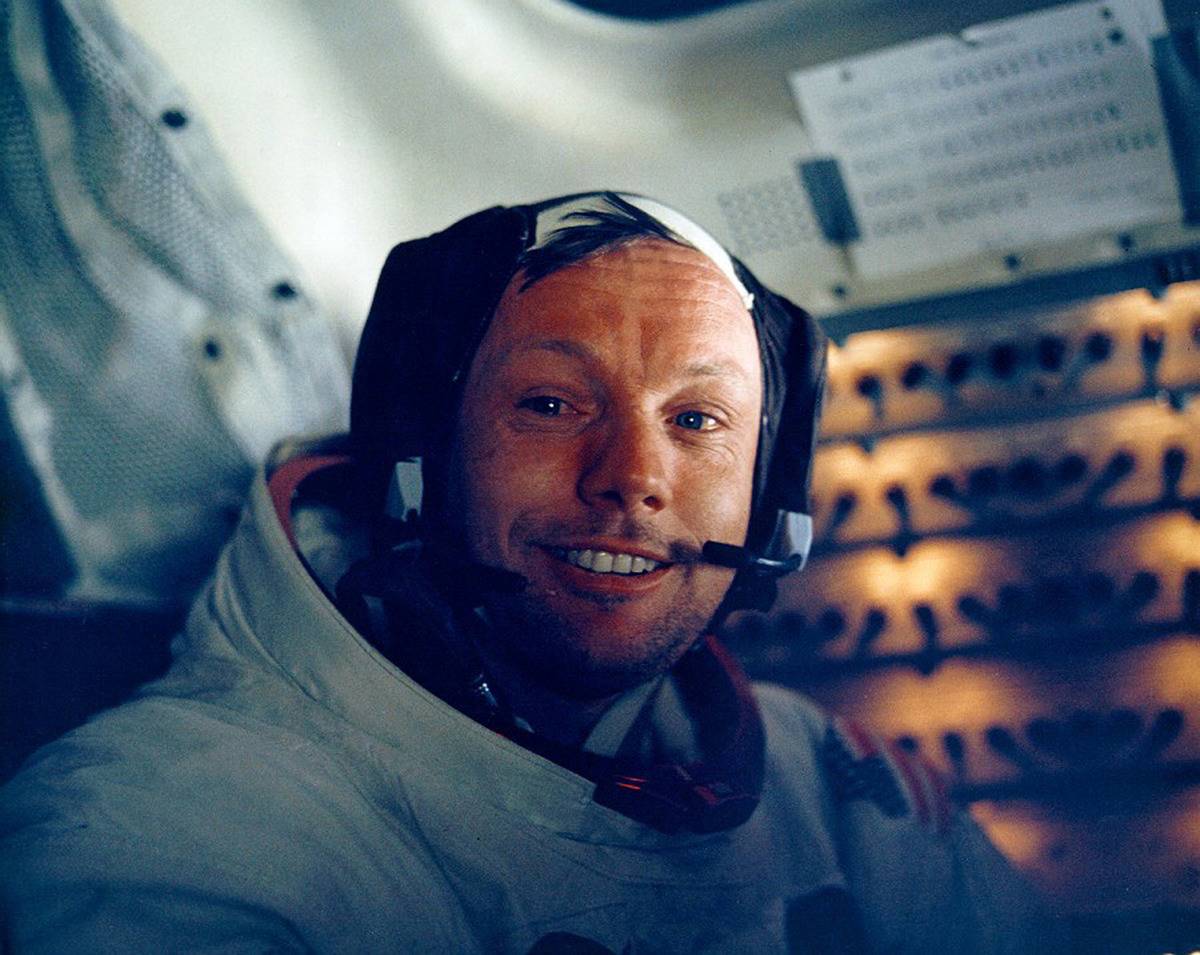
In 1969, Armstrong was named commander of Apollo 11, the mission that would make history by landing humans on the moon. The mission required precision and teamwork, and Armstrong’s leadership was pivotal. The world watched in awe as the spacecraft, Eagle, made its descent to the lunar surface. The meticulous planning and execution of Apollo 11 were a testament to the dedication of Armstrong and the entire NASA team.
The First Moonwalk: One Small Step, One Giant Leap
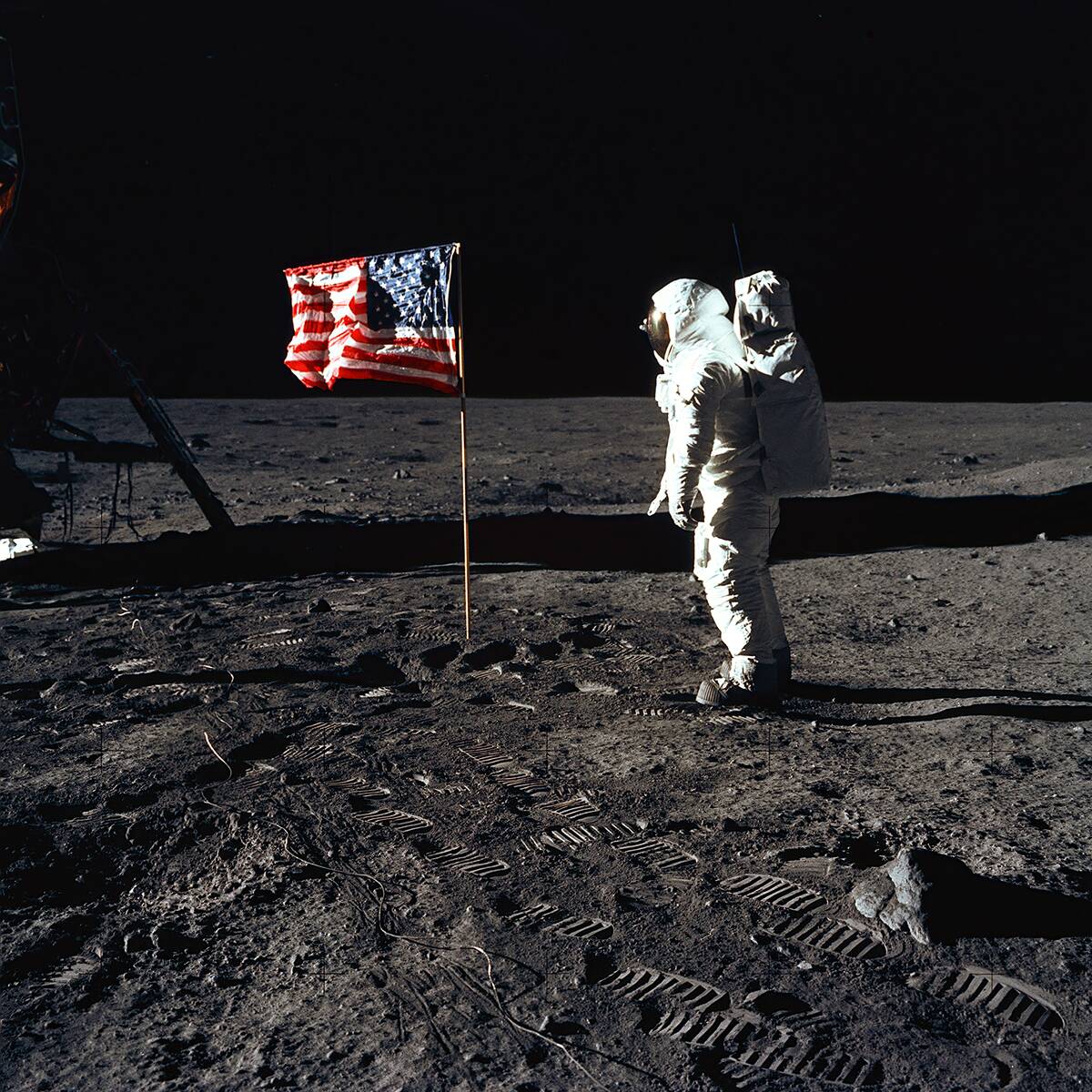
On July 20, 1969, Armstrong stepped onto the lunar surface, uttering the famous words that captured the imagination of millions. The moonwalk lasted about two and a half hours, during which Armstrong and fellow astronaut Buzz Aldrin collected samples and conducted experiments. This monumental event was broadcast live, captivating audiences worldwide and marking a pinnacle of human achievement in space exploration.
Life After the Moon: A Quiet Return to Earth
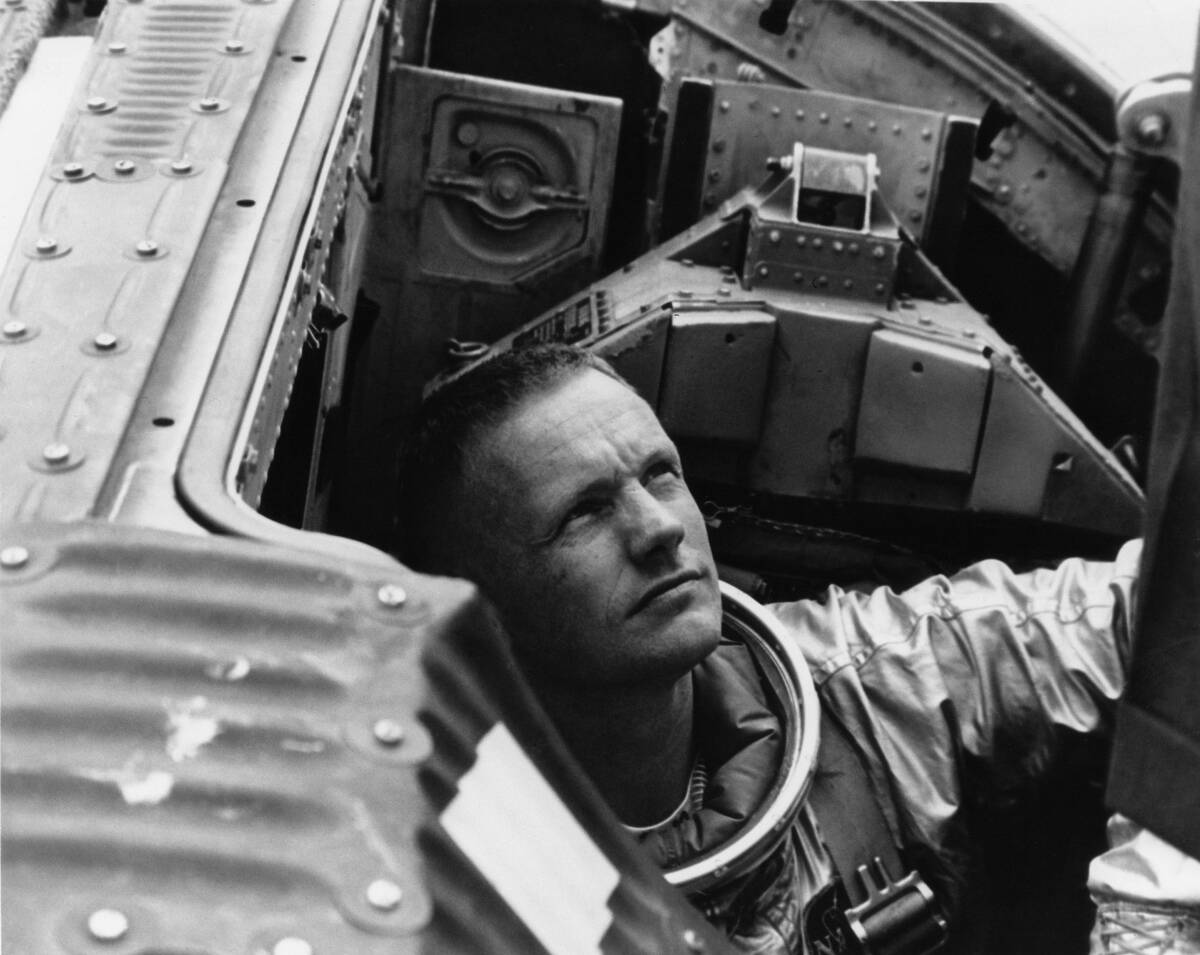
After the historic lunar landing, Armstrong returned to Earth as an international hero. However, he chose a life away from the spotlight, focusing on his family and personal interests. Armstrong took up a teaching position at the University of Cincinnati, where he shared his knowledge and experience with engineering students. His modesty and preference for privacy endeared him to many, as he continued to contribute to the field of aerospace quietly.
Teaching and Inspiration: A Passion for Education
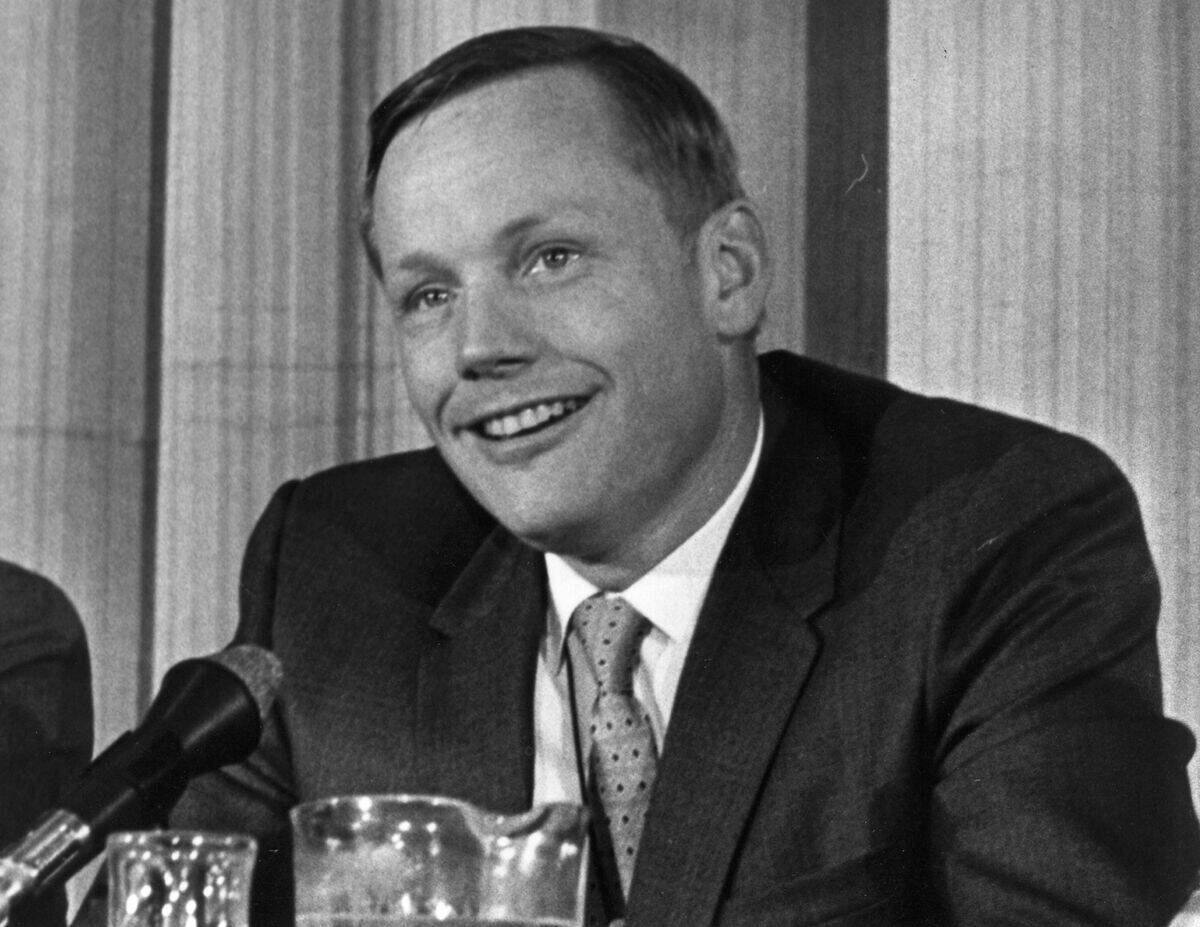
Armstrong’s passion for education was evident in his role as a professor of aerospace engineering at the University of Cincinnati. From 1971 to 1979, he inspired students with his firsthand insights into space exploration and aerodynamics. Armstrong’s legacy in education extended beyond the classroom, as he frequently spoke at events and encouraged young people to pursue careers in science and engineering, fostering future generations of explorers.
Honors and Awards: Recognitions of an Icon

Throughout his life, Armstrong received numerous accolades, reflecting his contributions to science and exploration. He was awarded the Presidential Medal of Freedom, one of the highest civilian honors in the United States. Armstrong also received the Congressional Gold Medal and was inducted into the Astronaut Hall of Fame. These honors affirmed his status as a pioneering figure in the history of space exploration.
Personal Life: Behind the Astronaut Suit
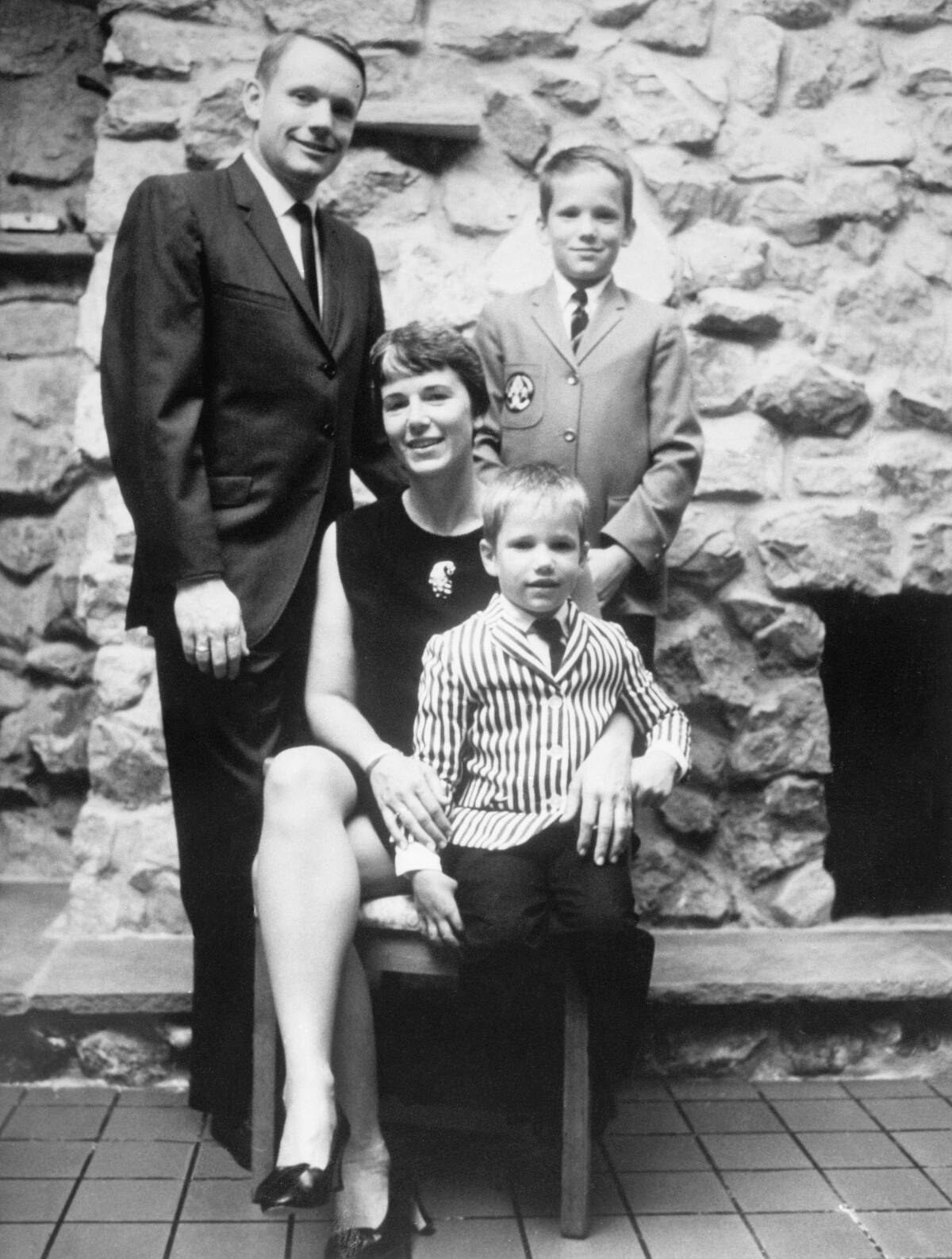
Beyond his public persona, Armstrong was a private individual who valued his family and personal interests. He married Janet Shearon in 1956, and they had three children together. Despite his fame, Armstrong remained grounded, often retreating to his farm in Ohio. His hobbies included flying, sailing, and even carpentry, revealing a man of diverse interests and a deep appreciation for life’s simple pleasures.
Legacy of Neil Armstrong: Inspiring Future Generations

Neil Armstrong’s legacy extends far beyond his lunar landing. He has inspired countless individuals to pursue their dreams, regardless of the obstacles they face. His story is a testament to human perseverance, curiosity, and the desire to push boundaries. Armstrong’s impact is felt not only in the field of aerospace but also in the hearts of those who dare to dream big and reach for the stars.
Fun Facts: Things You Might Not Know About Neil
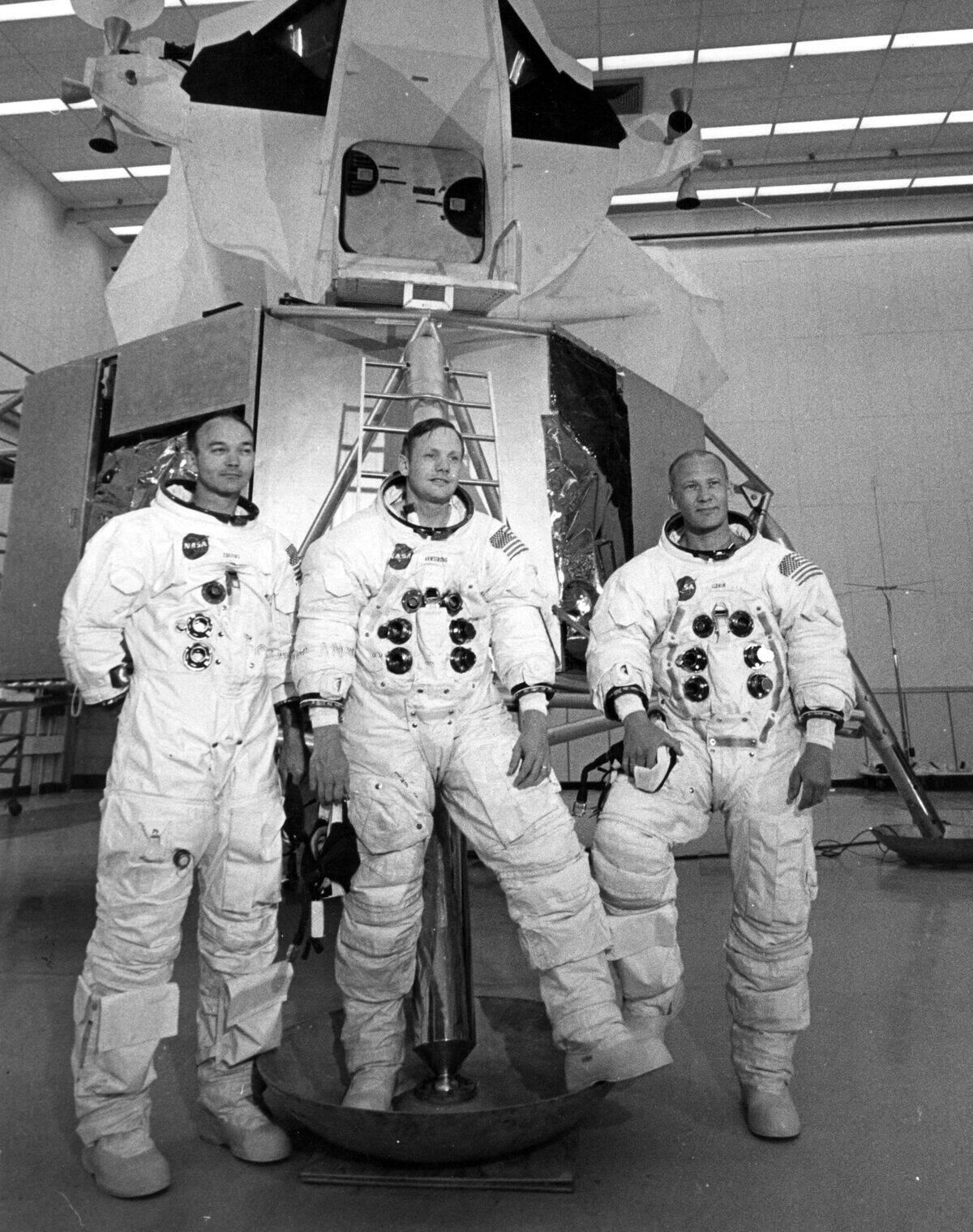
Did you know that Neil Armstrong once accidentally left a bag of souvenirs on the moon? Known as the “Contingency Sample Bag,” it contained mementos from his historic mission. Additionally, Armstrong’s love for flying was so profound that he built his own wind tunnel in his basement as a child. These fun tidbits offer a glimpse into the life of a man whose curiosity and ingenuity were evident from an early age.
The Enduring Legend of a Space Pioneer
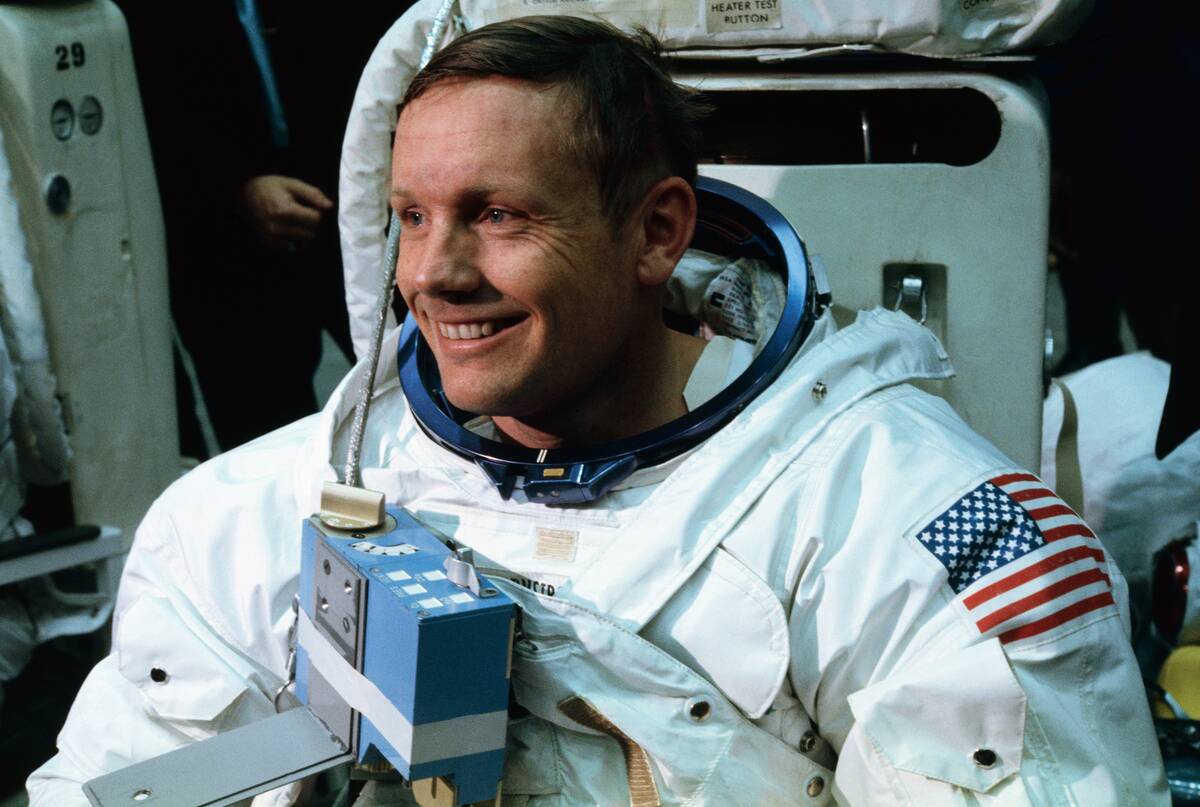
Neil Armstrong’s journey from a small-town boy to a space pioneer is nothing short of extraordinary. His achievements continue to inspire, reminding us of the boundless possibilities that await those who dare to dream. Armstrong’s legacy lives on in the annals of history and in the aspirations of future explorers. As we look to the stars, we remember the man who took one giant leap for mankind and paved the way for generations to come.




